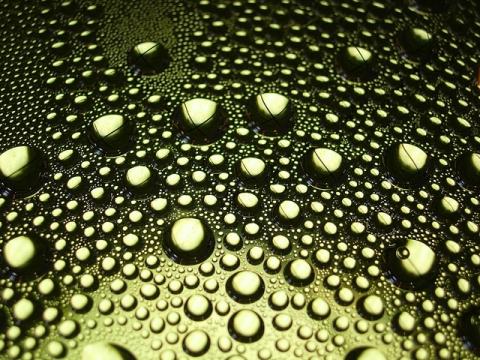
The ability of the analyzer to measure the solvent concentration depends on the delivery of the solvent vapor to the analyzer through a sampling system in which all elements in contact with sample are above the dew points and flash points of all substances in the process.
Typically the process temperature is high relative to the analyzer and the sample stream therefore is cooled following extraction from the heated process. It is critical that whatever cooling of the sample stream occurs does not reduce the sample stream temperature, even temporarily, below the Flash Point of the solvent(s) or the dew point of the other substances in the process.
Re-heating the sample stream to a sufficient temperature after it has been cooled will not guarantee an accurate measurement, since condensed samples have been known to stay trapped in the sample line at the "cold spot" where condensation occurs, and not proceed down the sample line to be later warmed and re-vaporized. Re-heating the sample stream to a sufficient temperature after it has been cooled will not guarantee an accurate measurement, since condensed samples have been known to stay trapped in the sample line at the "cold spot" where condensation occurs, and not proceed down the sample line to be later warmed and re-vaporized.
Even in cases where the coldest part of the sampling system is still sufficient to keep vaporized the normal solvent concentration in the process, thereby allowing the analyzer to make accurate readings under normal process conditions, it is still possible that the sampling system could experience condensation during process upsets, so that the analyzer can not perform its alarm function when the solvent concentration increases to a dangerous level.
This is because condensation occurs more readily as the temperature is lowered or as the solvent concentration is increased.

Add new comment